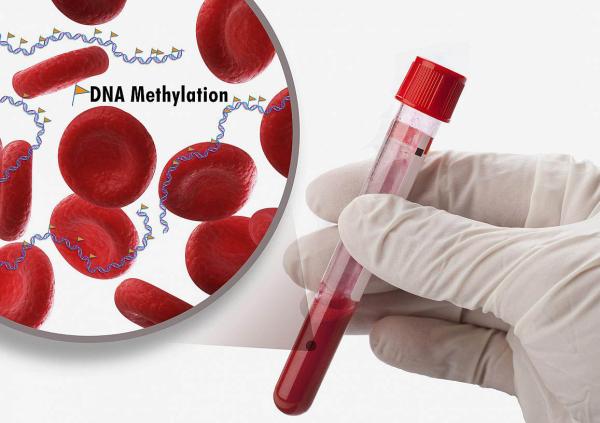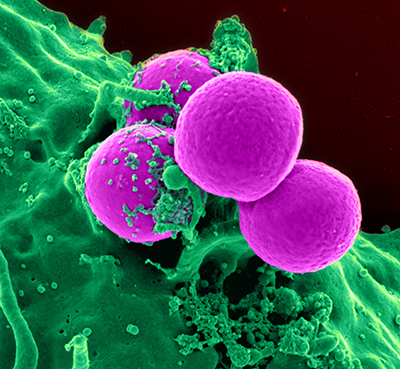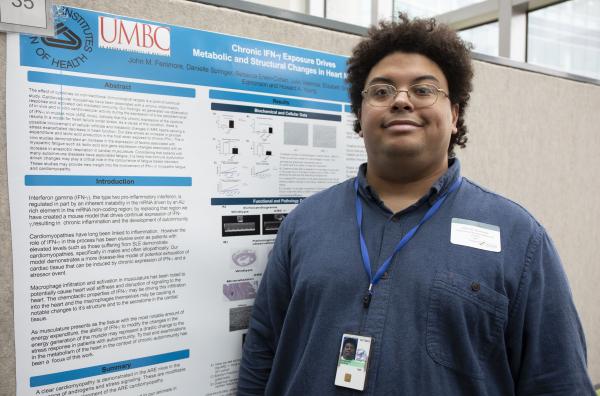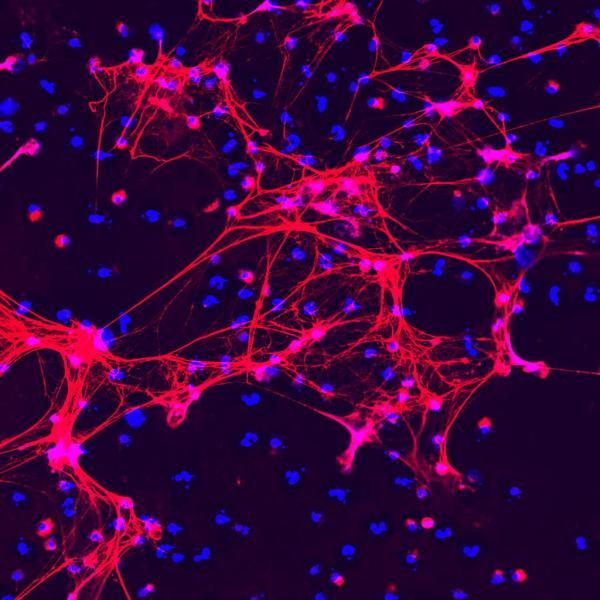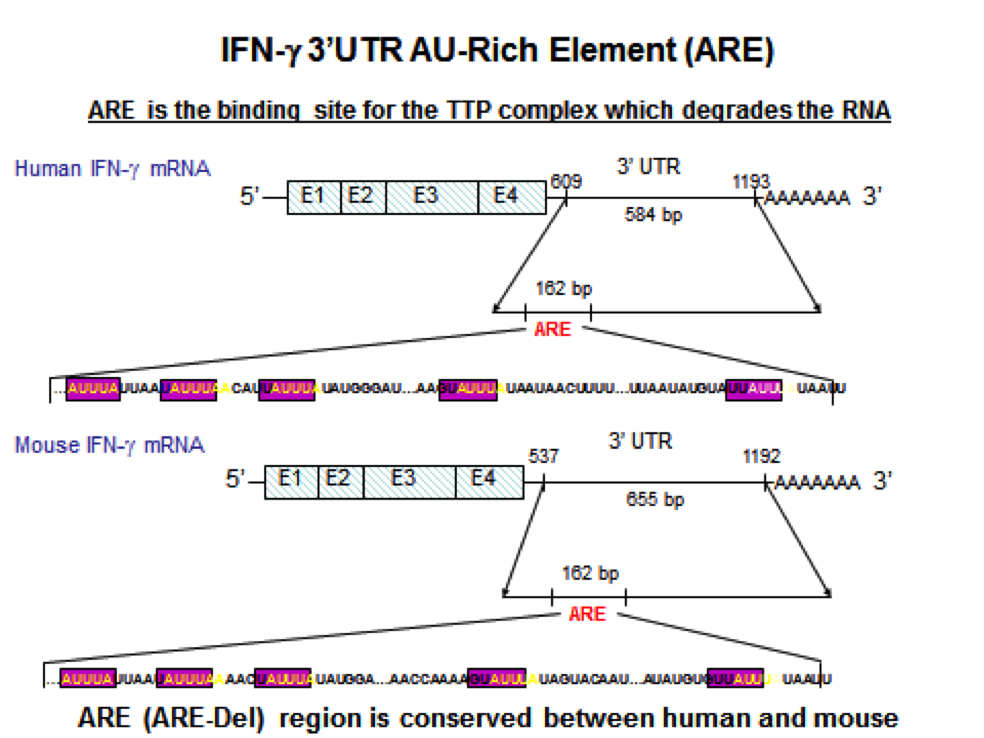A Step Towards Precision Medicine for Lupus
IRP Research Hints at Potential of Genomic Technologies to Predict Patient Outcomes
Our genes certainly have a huge influence over our risk for disease, but they don’t operate in a vacuum. Rather, they’re decorated with numerous molecular tags like a bejeweled bracelet, and these ‘epigenetic’ markers affect how genes behave. A recent IRP study revealed differences in certain epigenetic markers that may one day help doctors more effectively treat patients with the autoimmune disease known as lupus.

